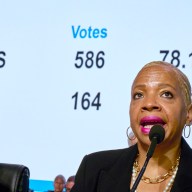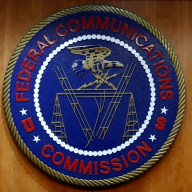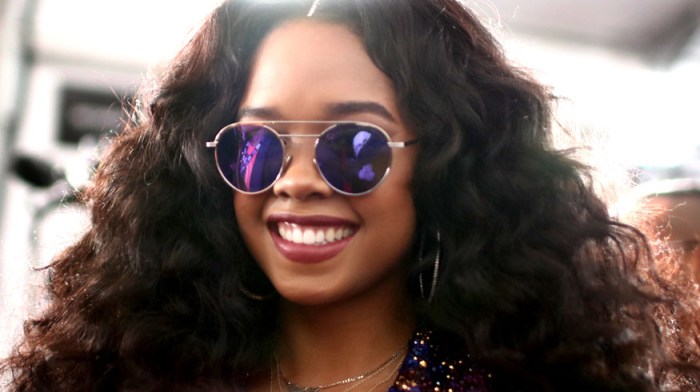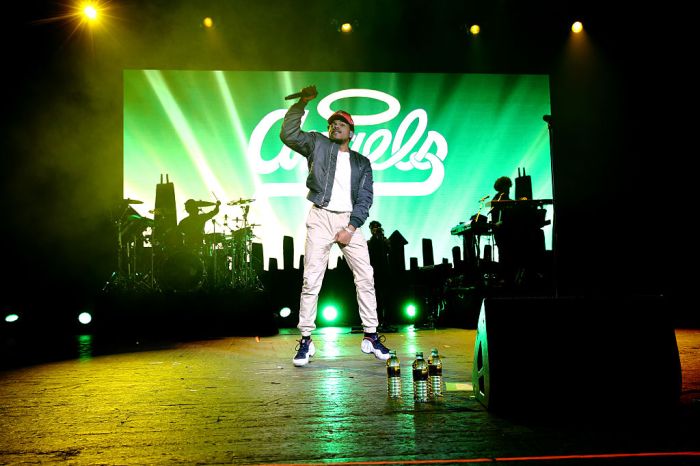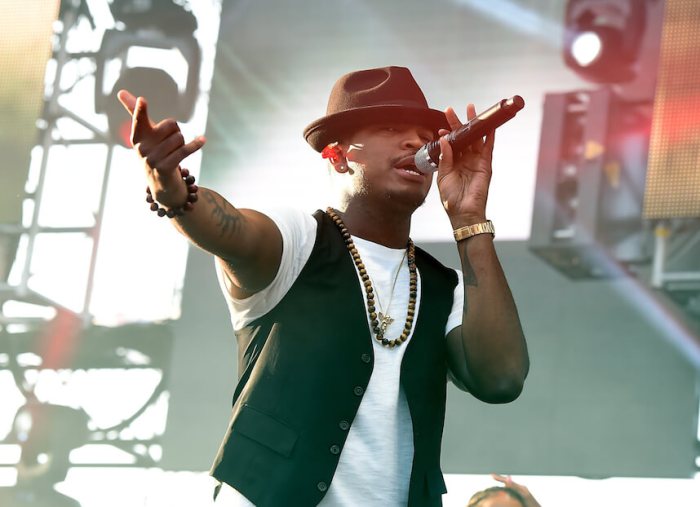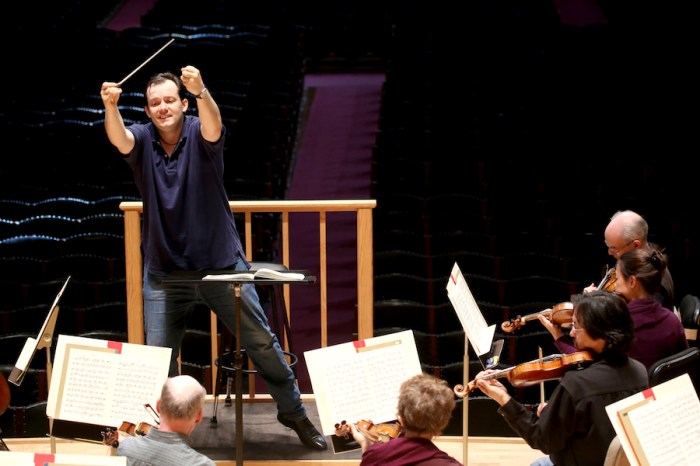British musician Jacob Collier’s rise to fame is a textbook case of going viral online. After the 22-year-old jazz prodigy uploaded his a cappella rendition of Stevie Wonder’s “Don’t You Worry ‘Bout A Thing” to YouTube back in 2013, he promptly went to bed, only to wake up as an Internet sensation. His cover racked up over 100,000 views overnight and caught the attention of jazz legend Quincy Jones, who would go on to serve as Collier’s manager and help jumpstart his blossoming career. Three years down the line, and Collier has released a debut album, “In My Room,” and boasts two Grammy nominations under his belt. We Facetime with the musician from his home in London. Do you feel like jazz is a musical genre that’s still relatable for young people?
It’s certainly a challenge to think about how to bring those sensibilities into the new generation. But as Quincy Jones often says to me, jazz is the classical music of pop. Pop music came from the musicians who thought in the jazz state of mind — they invented with a language that existed already and decided to say a bunch of new things with it. That idea of reinventing old things and bringing them into a new light is timeless. RELATED:Eight unexpected collaborations that will rock this year’s Grammy Awards For me, a lot of the most exciting music in 2017 is merging things together. The idea of merging cultures, reinventing things, speaking a common language and making it about communication are all very central to jazz as a style. You got your start when you uploaded a Stevie Wonder cover to YouTube — do you think YouTube is the best platform for aspiring artists to gain exposure?
I don’t think it’s YouTube-specific at all. I think it’s where people feel most comfortable and where people have the most people that are following them. That’s a good place to start building. I think if I only had a fanbase on YouTube, I’d have a really limited bandwidth of people I could reach, because only a certain kind of demographic actually use YouTube. It’s also important to understand that each social platform has different purposes. Twitter is about being conversational; Instagram is about sharing glimpses into your life; Facebook is about documenting a story; and YouTube is kind of like the mantelpiece on which your actual content really live and exist. I try and put things across all the platforms where I can. RELATED: Grammy Museum gets its first East Coast home You seem to have a good handle on social media platforms and their purposes — do you consider yourself a good social media strategist?
I firmly believe that if you make good content, it will rise to the surface. That’s basically what happened to me. I made something that was of the quality that meant that people would want to share it. That is what people should be investing in. I don’t think people should be investing in the myth that a good social media presence is more important than good content. It just isn’t. Good content can exist on any platform, at any time, and it will always attract people. People get too stressed thinking about things like the best time of day to post content. Really, just make good stuff. That’s the bottom line. Focus on making engaging, emotional, vulnerable, honest, human music and material. That’s what the world needs. The world doesn’t need more social media information — it needs art.
Grammy nom Jacob Collier talks Quincy Jones and social media strategy

Tullio M. Puglia/Getty Images for Audi







